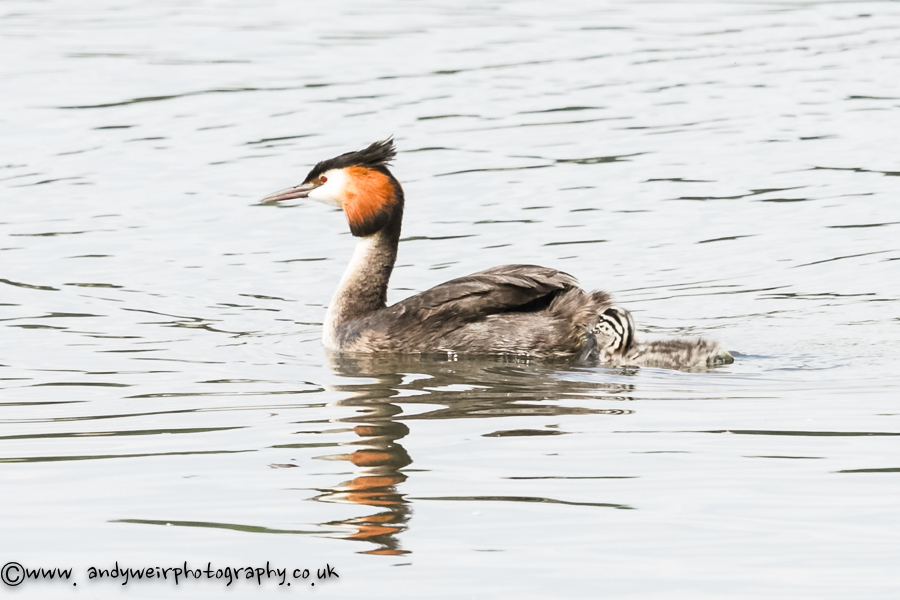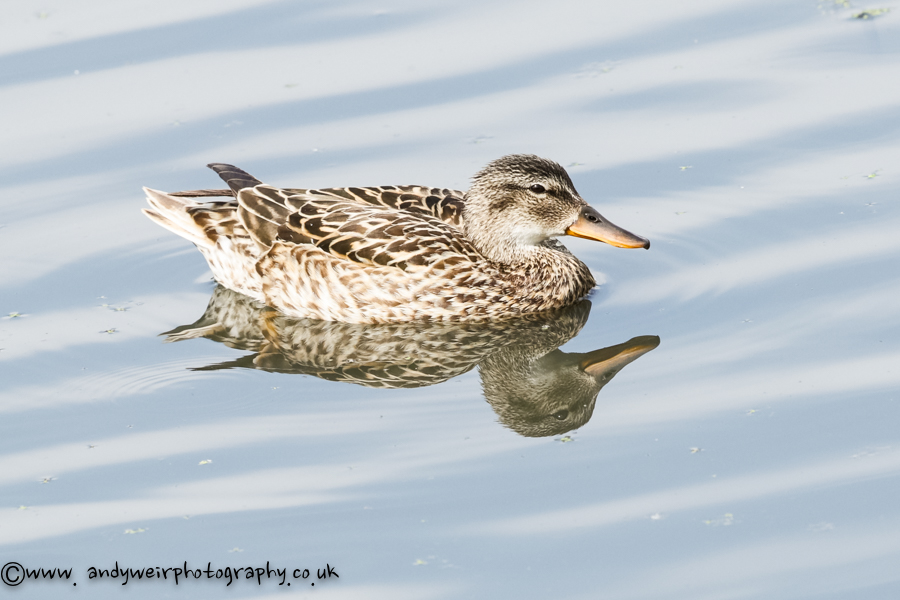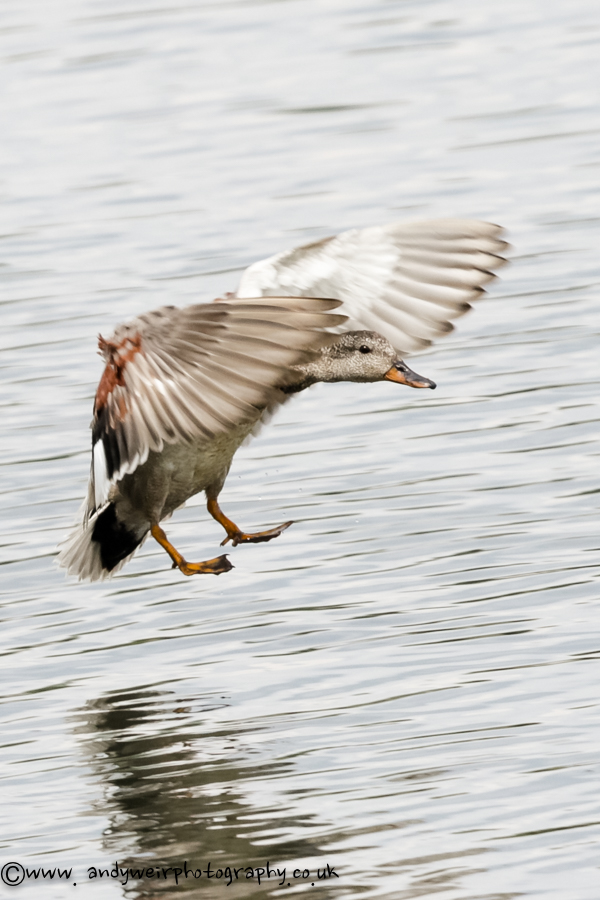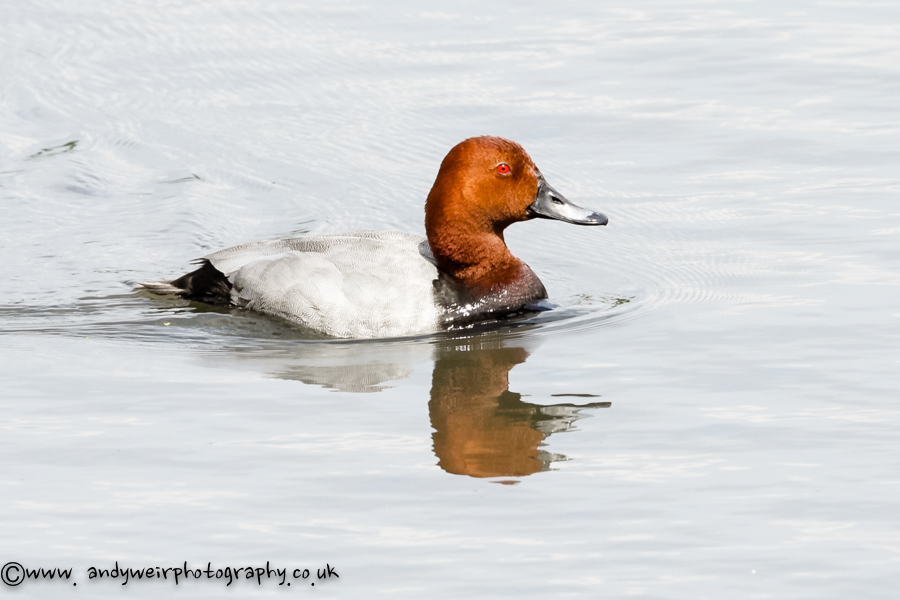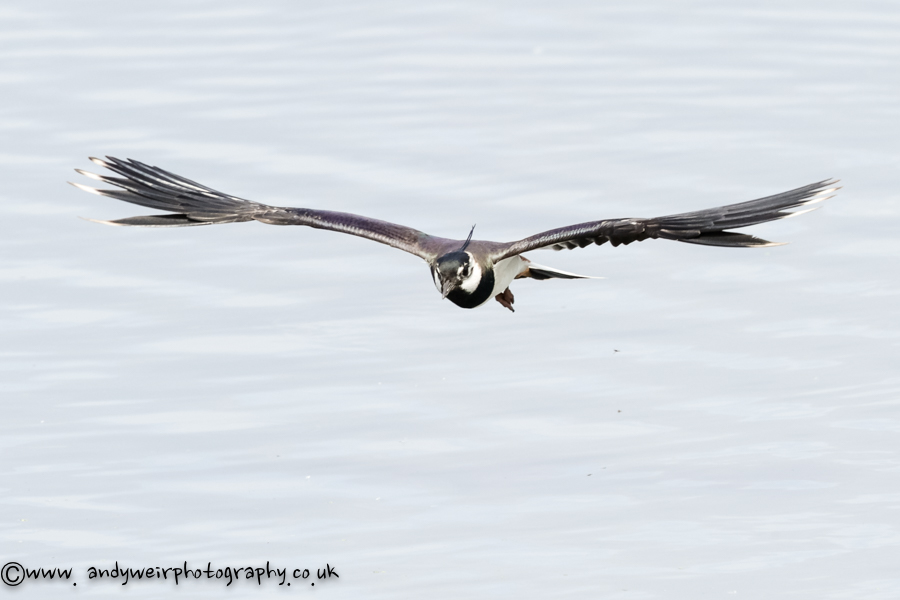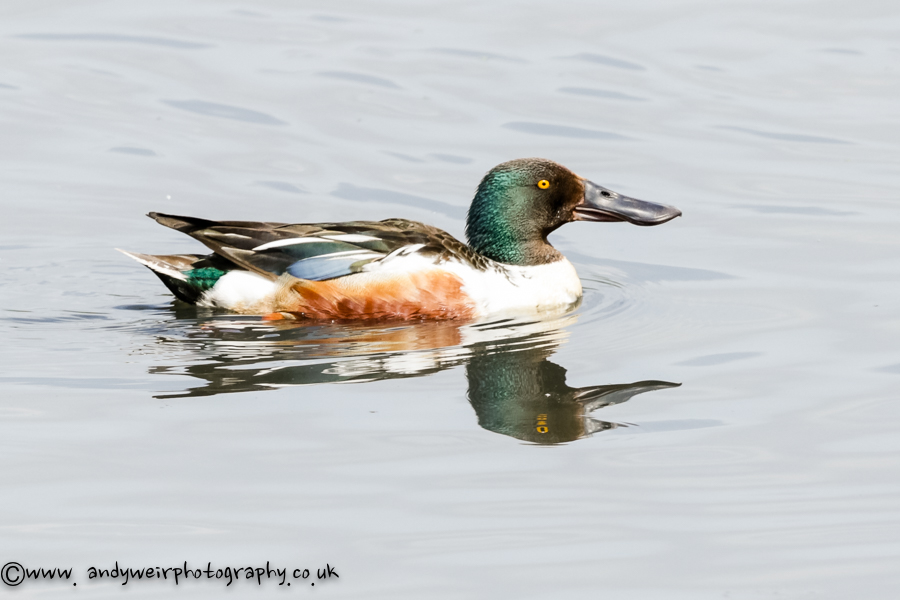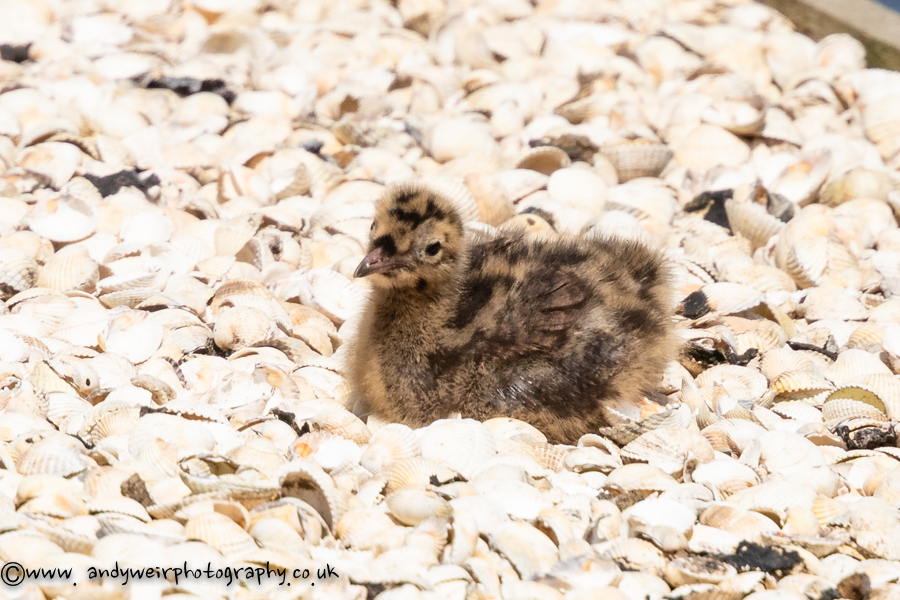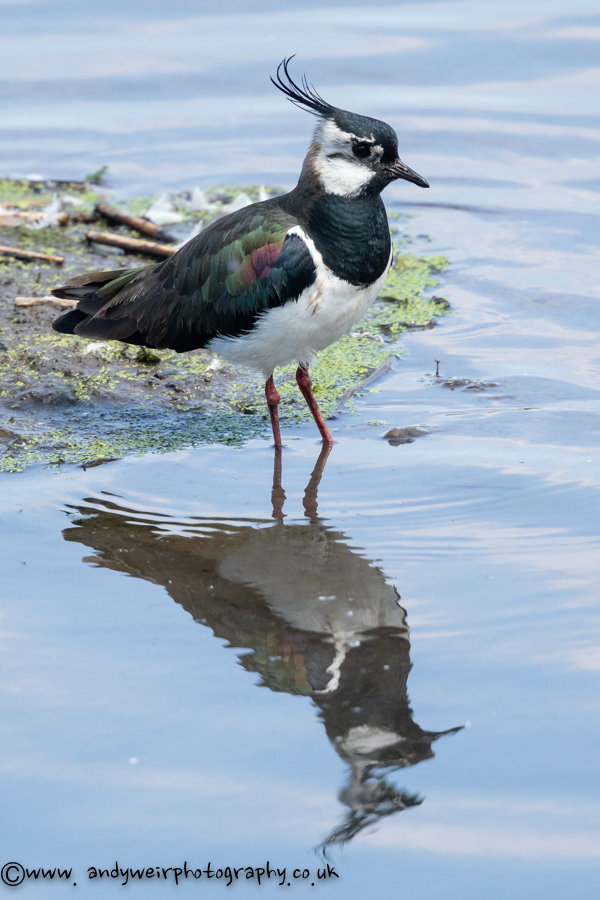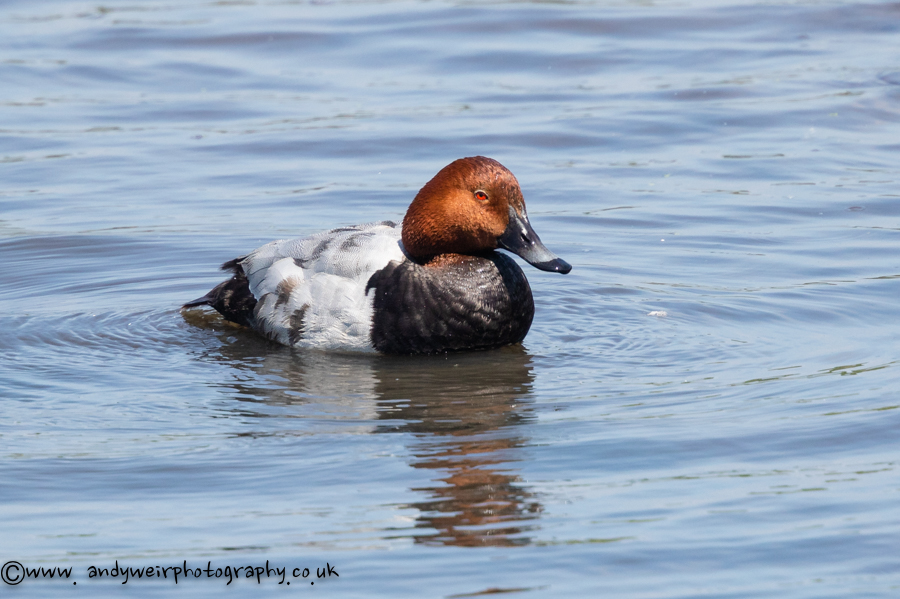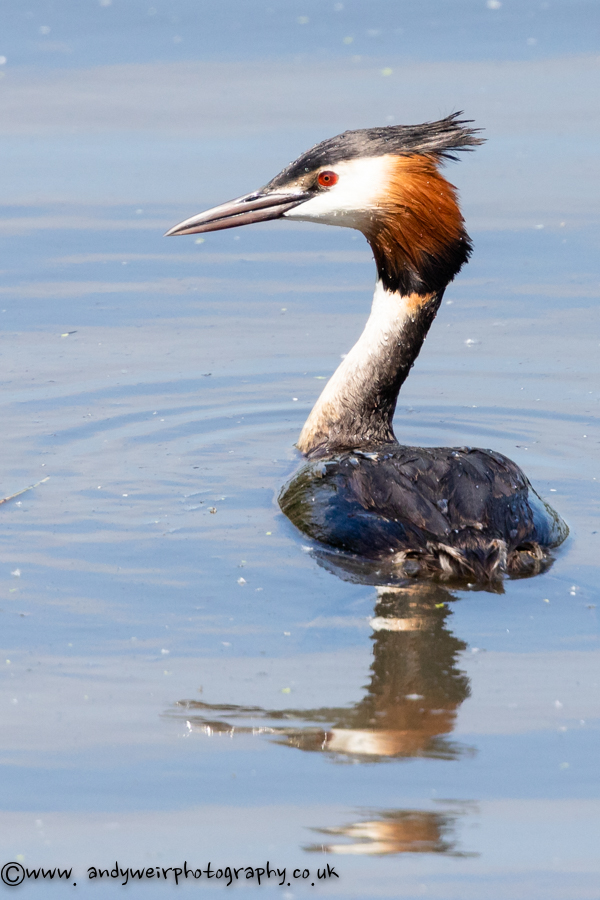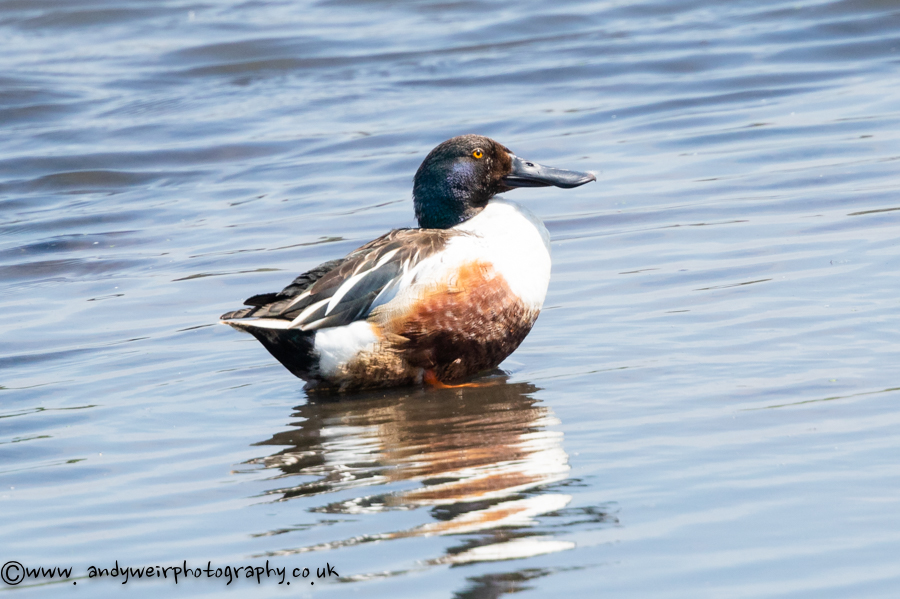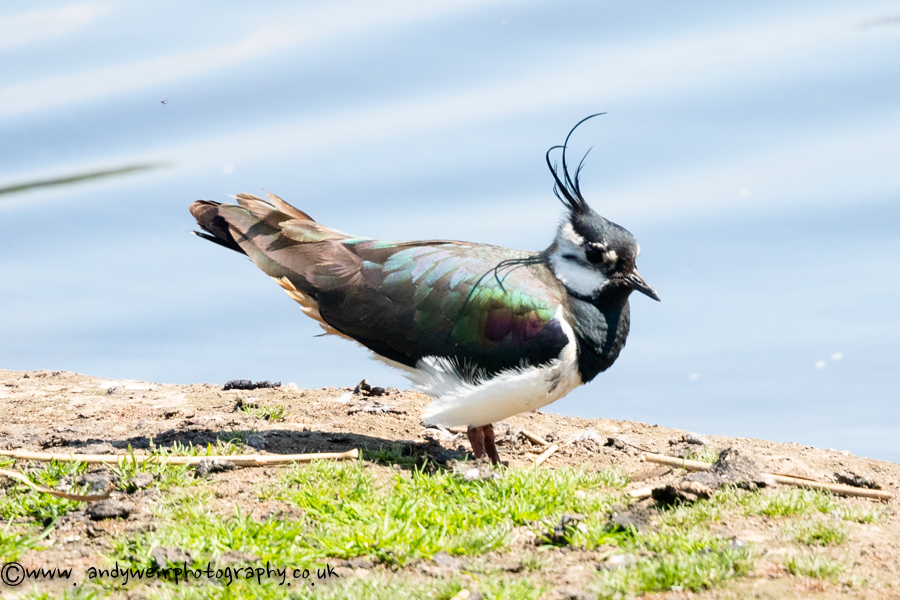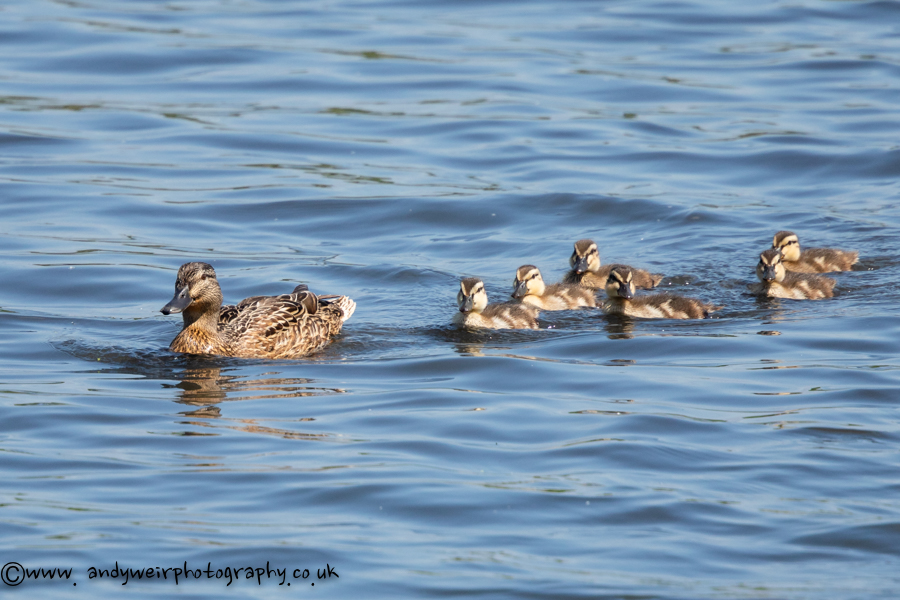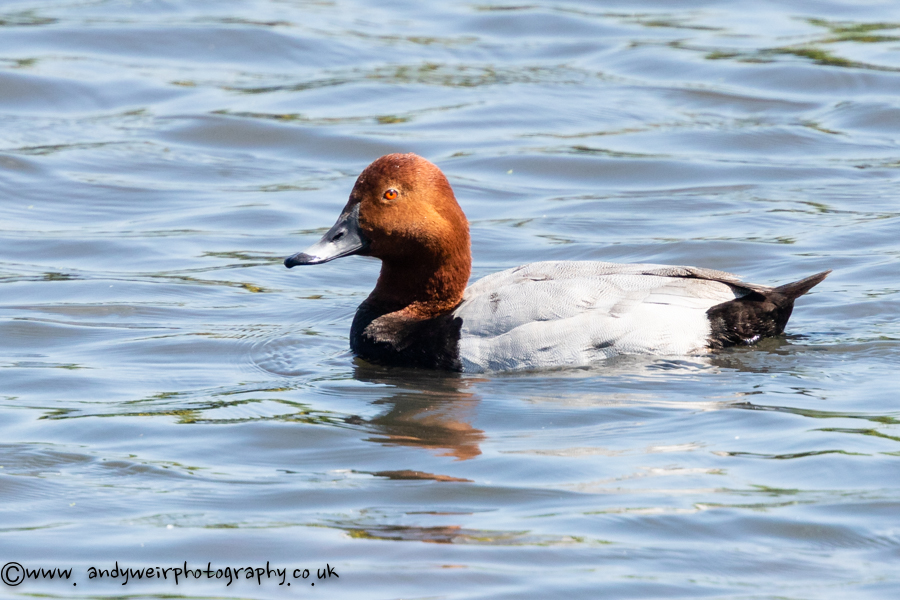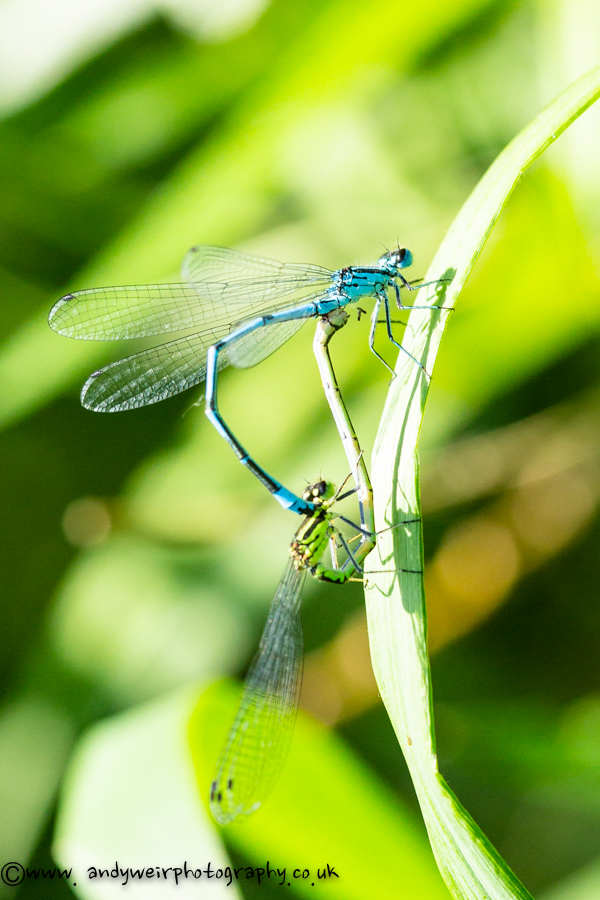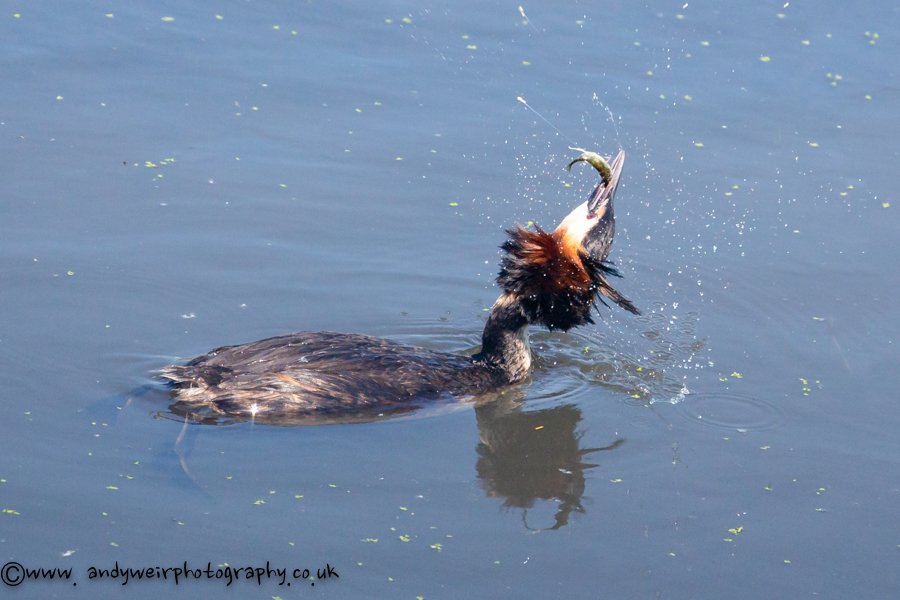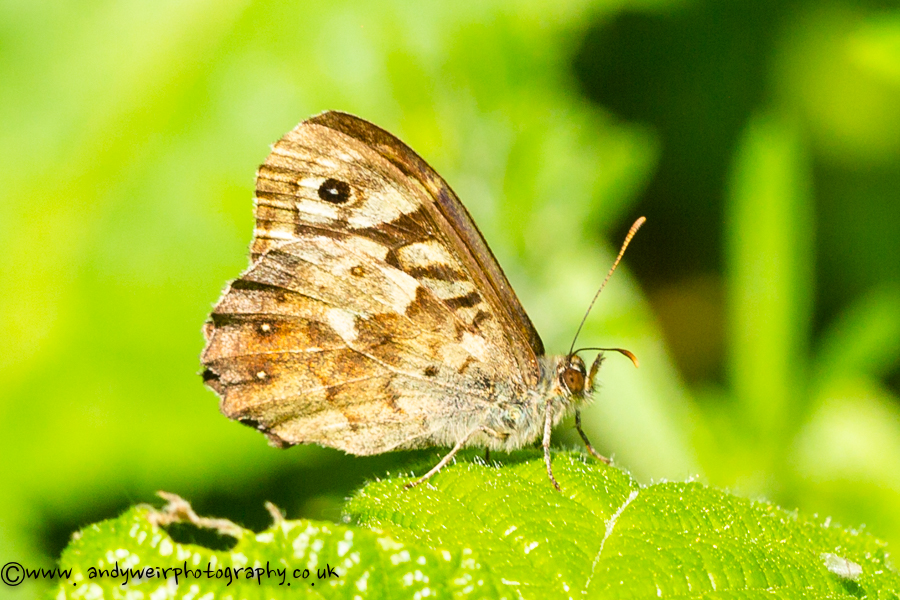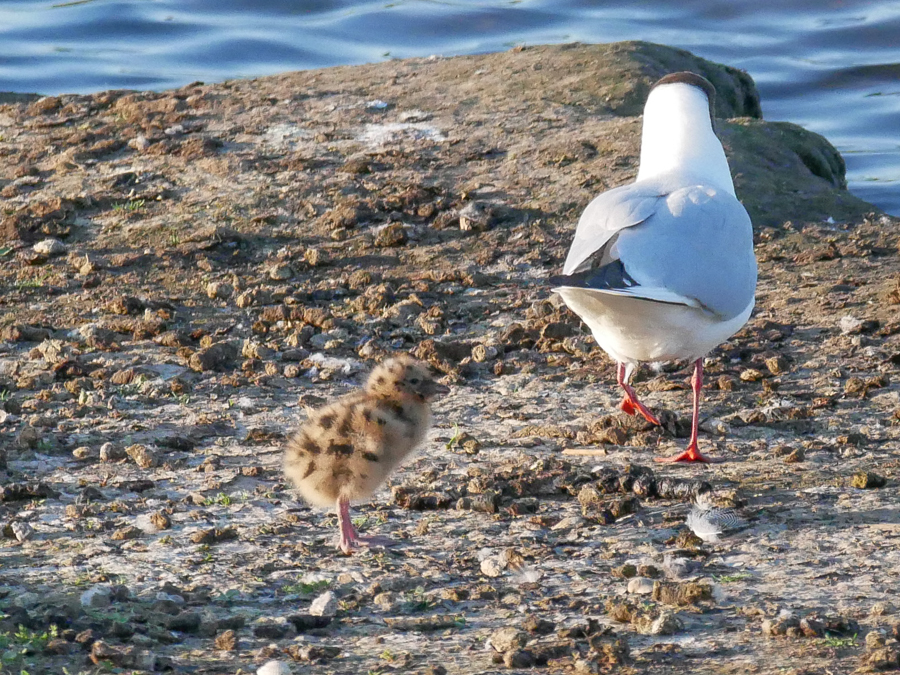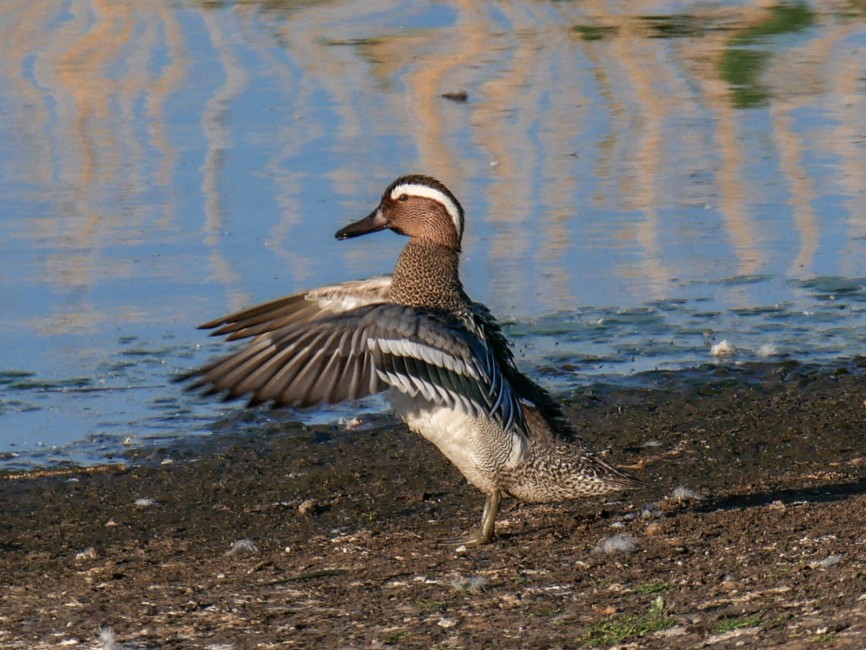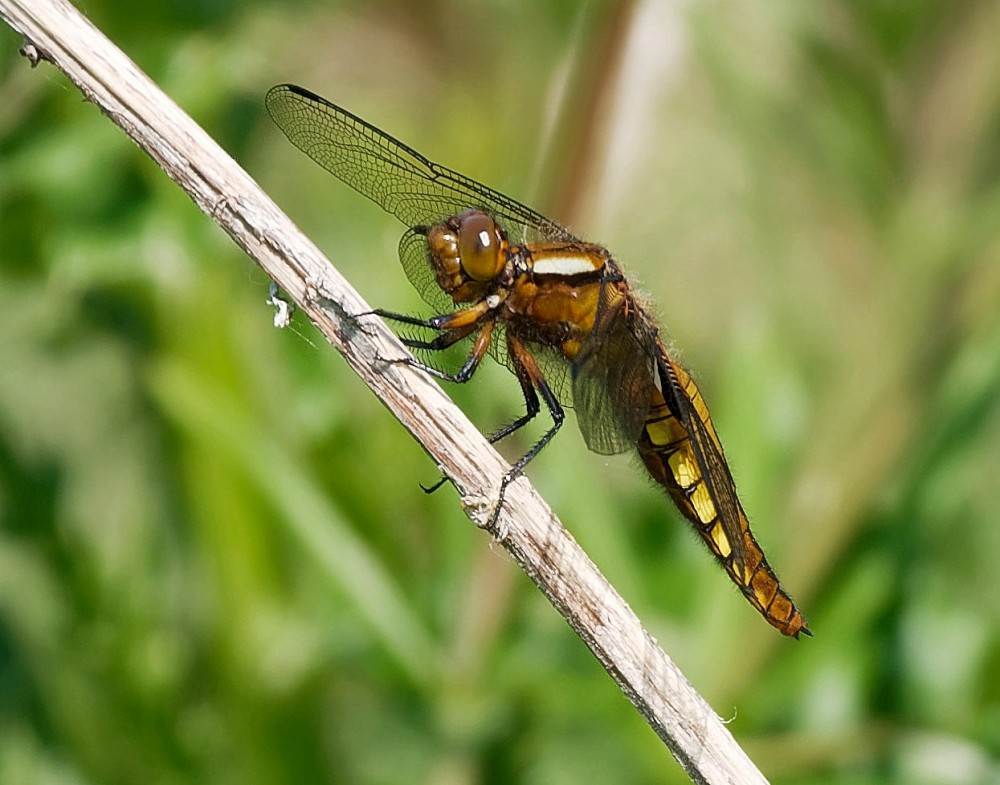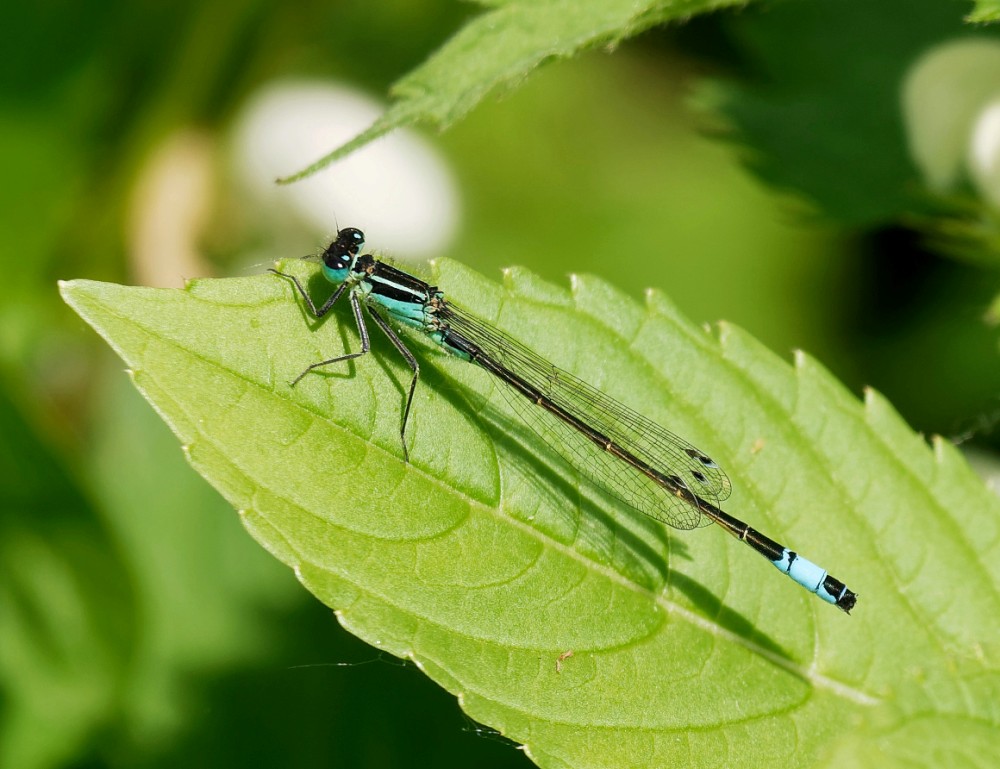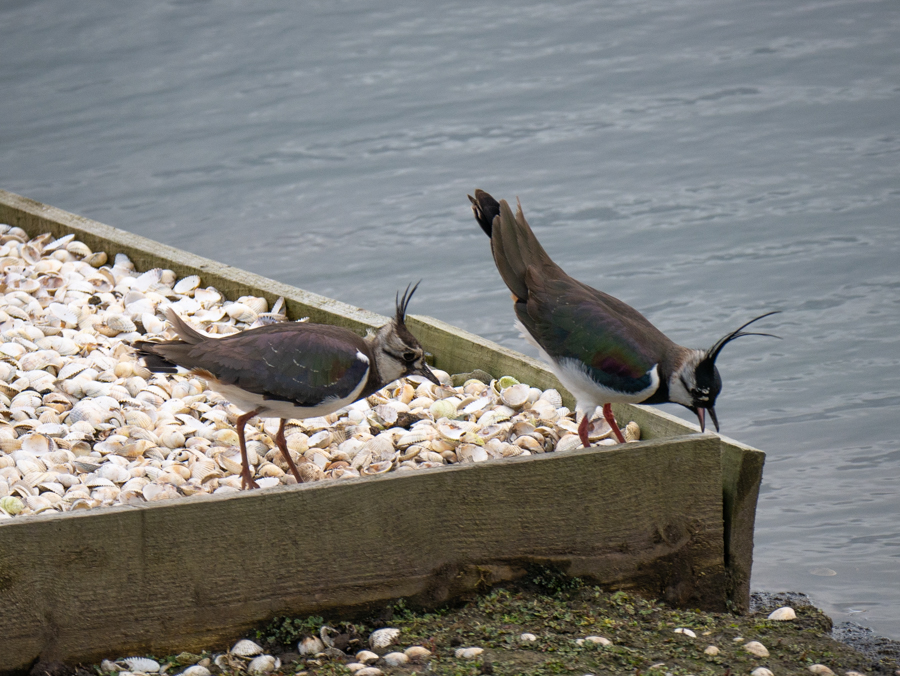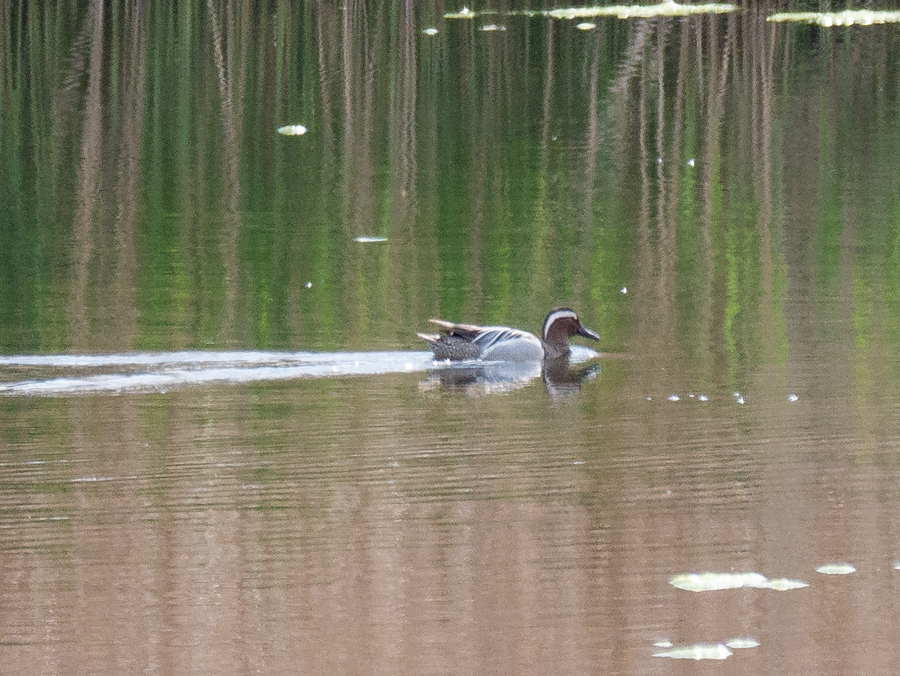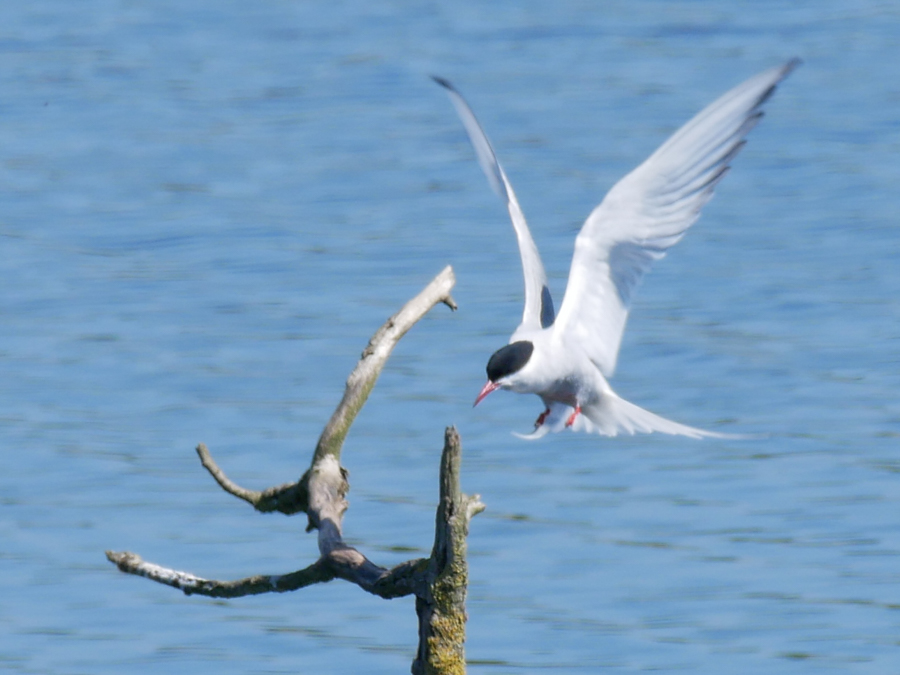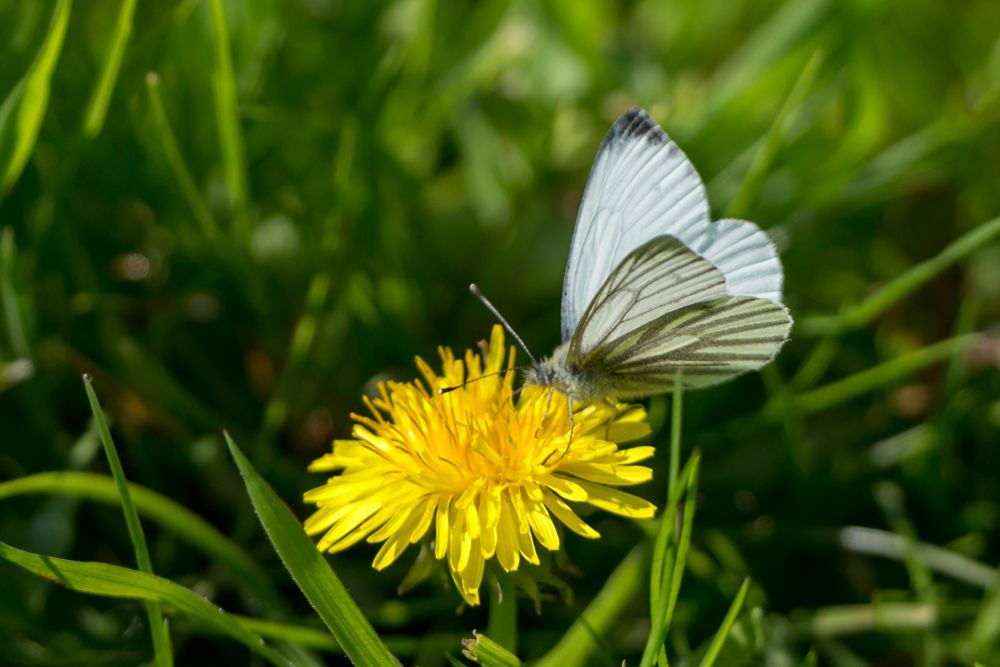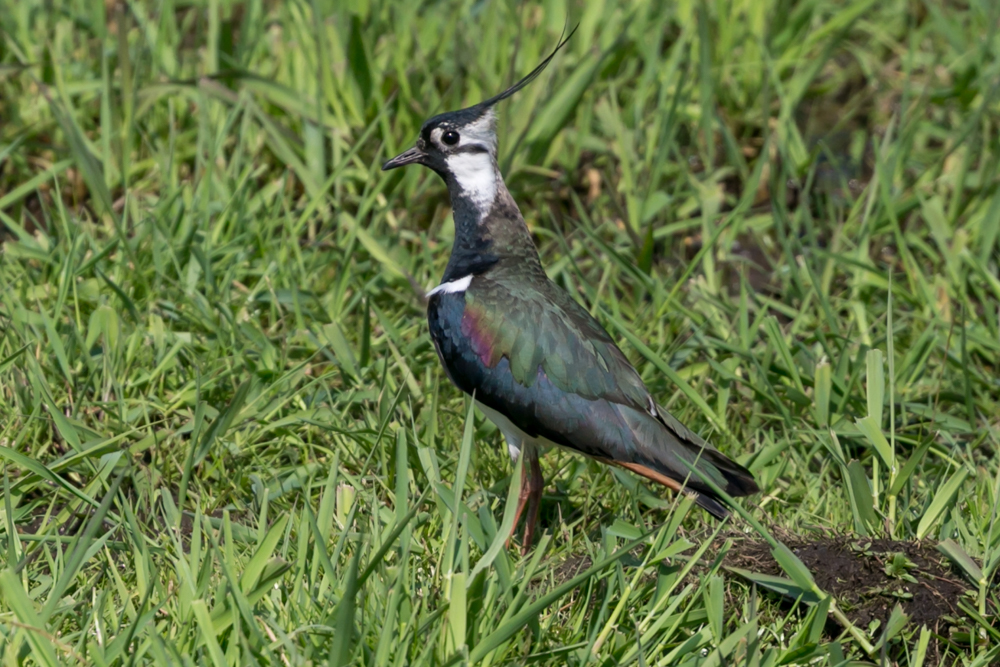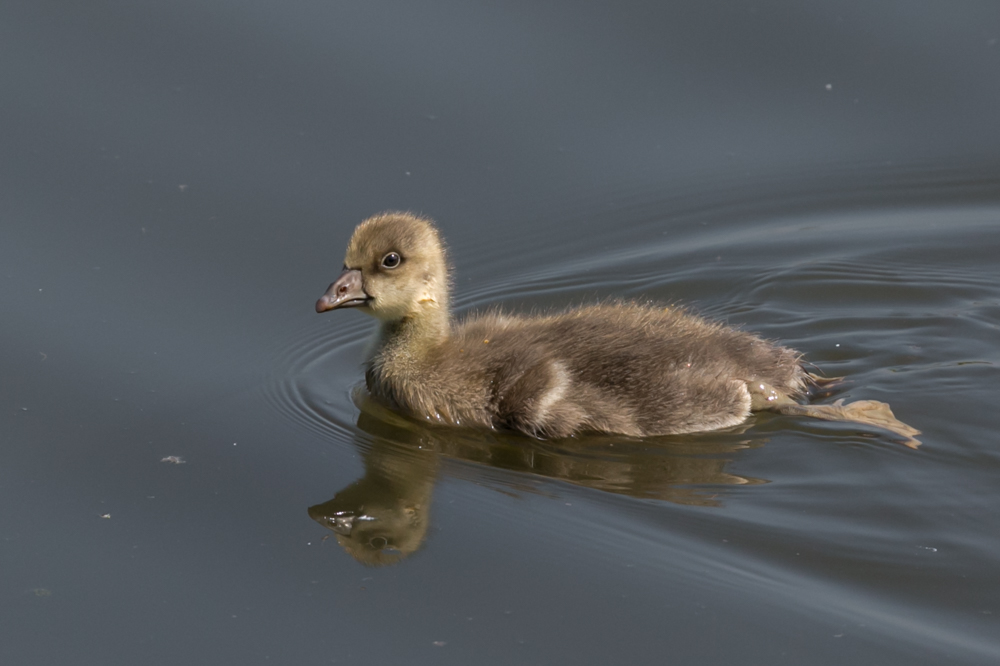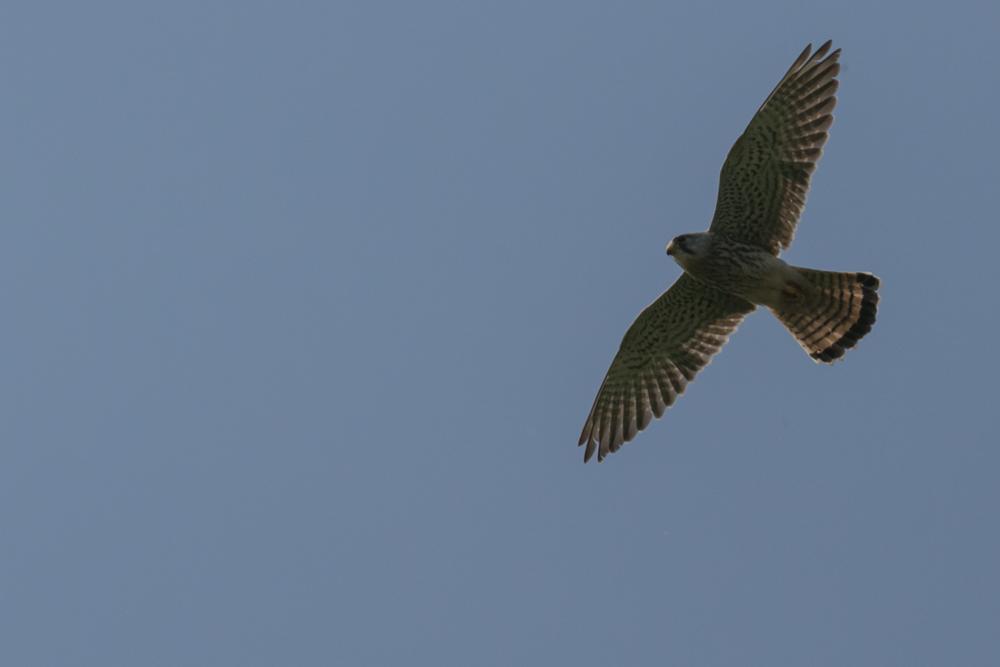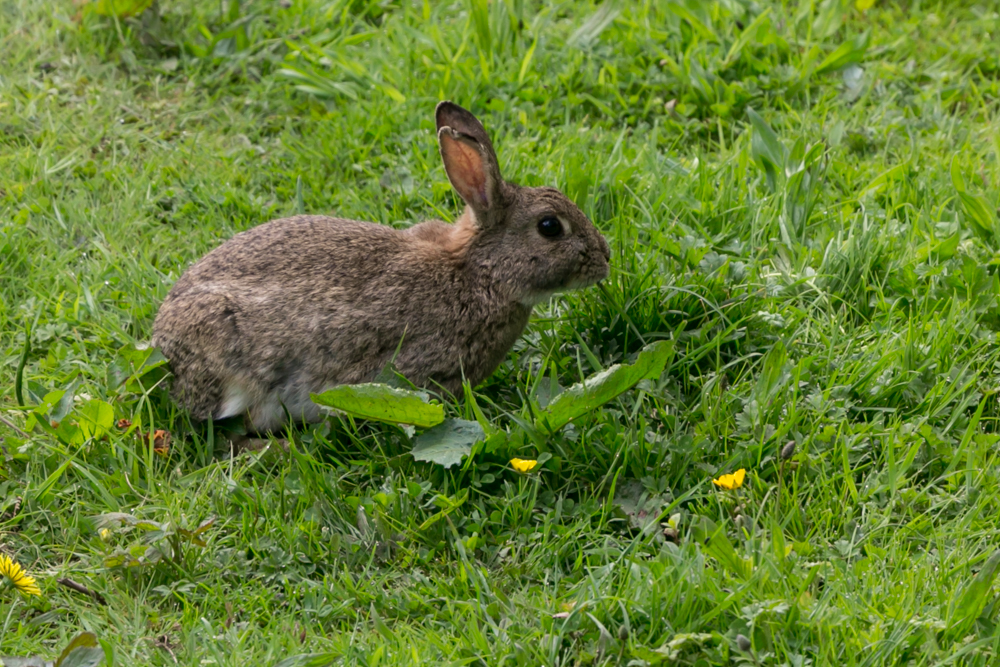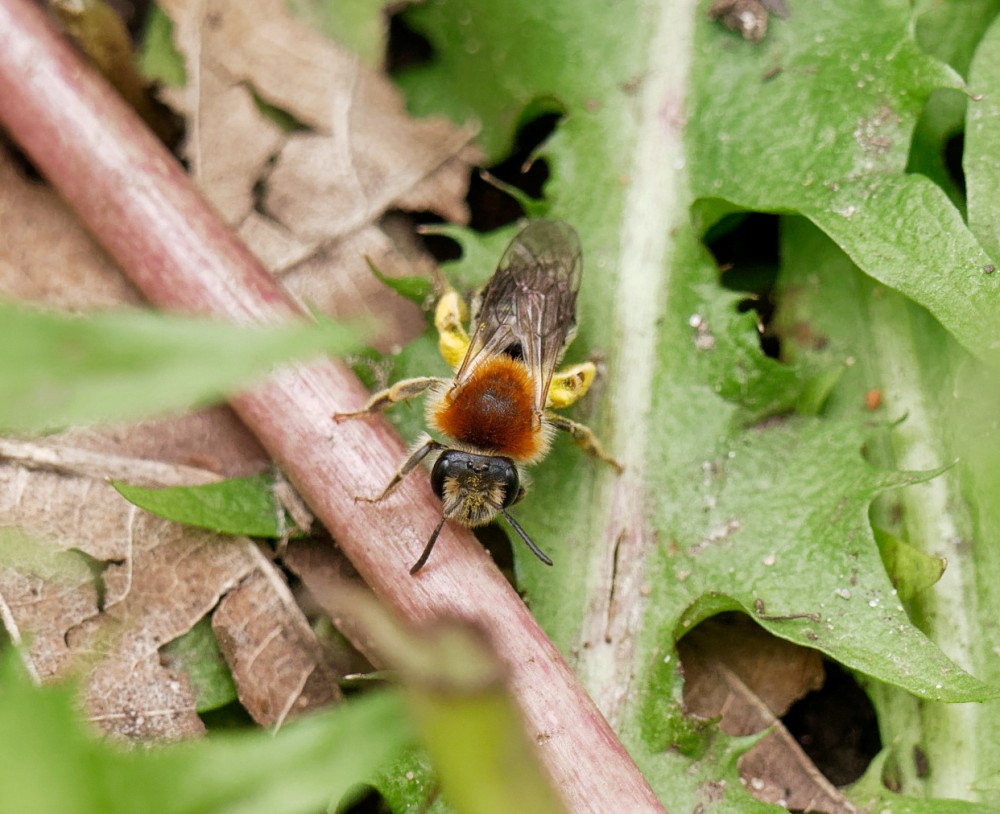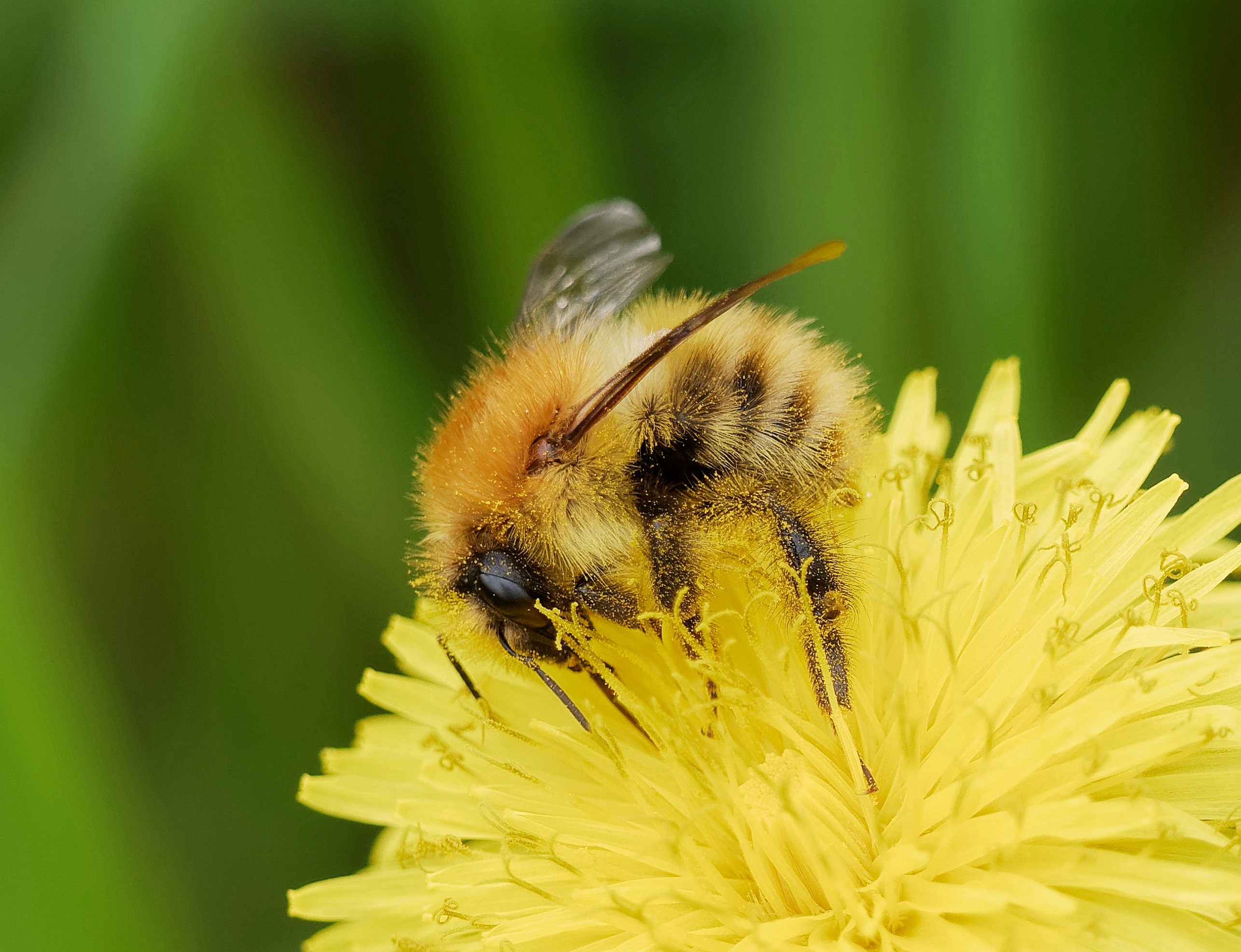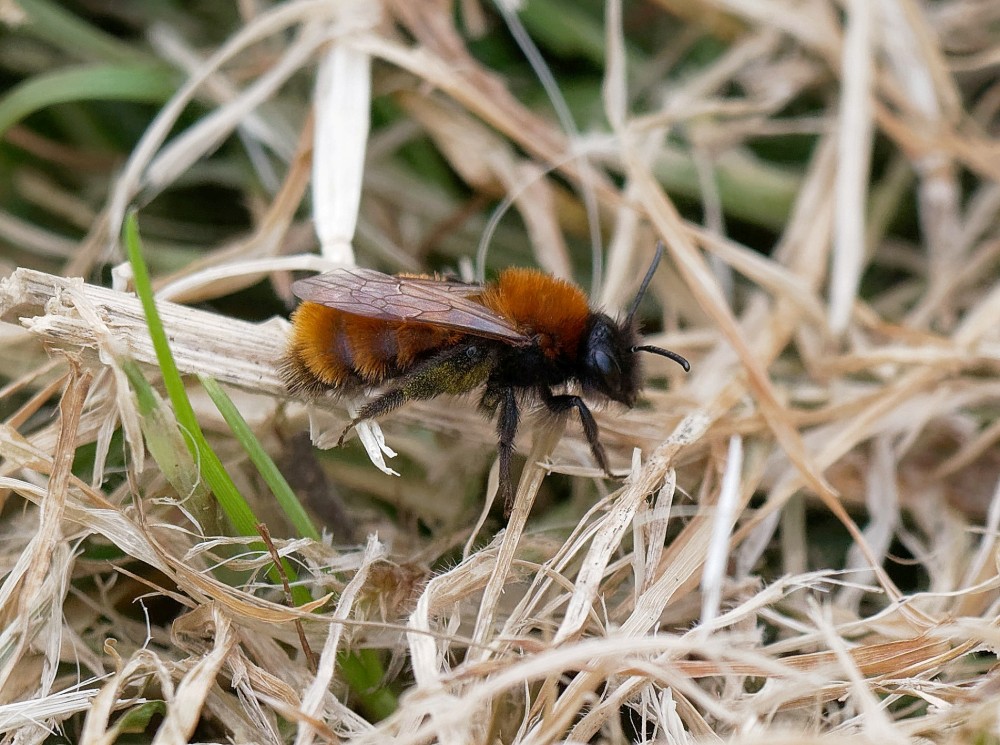Woolston Eyes Monthly Sightings
2018-05-31
Great Crested Grebe (Podiceps cristatus) from the John Morgan Hide
Submitted by: Andy Weir
2018-05-29
Black-headed Gull chick (Chroicocephalus ridibundus) from the John Morgan Hide
Submitted by: Andy Weir
2018-05-29
Great Crested Grebe (Podiceps cristatus) from the John Morgan Hide
Submitted by: Andy Weir
2018-05-29
Great Crested Grebe (Podiceps cristatus)from the John Morgan Hide
Submitted by: Andy Weir
2018-05-29
Probably the highlight of today’s walk was a count of 30 Common Blue butterflies, mostly at the eastern end. There were three on the canal track however and a single in the centre of No.4 bed. On No.1 bed 2 Cetti’s and 2 Garden Warblers were singing. A pair of Mute Swans at the fish refuse on the river north of No.1 bed has hatched 2 young and the male was behaving aggressively towards the male of another pair breeding only about 200 yards away! On the Loop of No.4 bed were a Pochard brood, a well grown brood of Mallard, 2 Coot broods and about 50 Swifts. A Moorhen brood was on the Sandpit Pond.
Submitted by: Dave Hackett
2018-05-28
An excellent morning on No.3 bed in bright very warm weather. A Marsh Harrier seen in early morning by Bert Lloyd and a new brood of 9 very small Mallard chicks. The highlight however, was provided by the Black necked Grebes with 7 broods located,maybe even an eighth. These consisted of 2 broods of 3 yng,2 of 2 young and 3 of at least one young. With a permit holder finding 2 other adults the total seen was 16 adults and a minimum of 13 young. Sadly,all 8 nests of Black headed Gulls and the nest of the Lapwing on the scrapes and Vikki’s Island in front of the Morgan hide had been predated overnight.
Submitted by: Brian Martin
2018-05-22
Garden Warbler singing by the zig-zag path descending to the weir footbridge.
Submitted by: David Spencer
2018-05-22
This is the first year Black-headed Gulls have nested on the scrape and this is the first chick to hatch!
Submitted by: David Spencer
2018-05-22
The Garganey was showing very well from the John Morgan Hide this evening
Submitted by: David Spencer
2018-05-20
On a warm, still, Saturday morning, we started at 6.30 am with a Breeding Bird Survey of No.2 bed. Highlights were the warblers in song, including 2 Cetti’s Warblers, 2 Garden Warblers, 18 Blackcaps, 10 Chiffchaffs, 11 Whitethroats and 6 Willow Warblers. In addition, it was good to see the Peregrine pair well-settled at their Viaduct nest-site, with the female appearing to be brooding young. The rest of the morning was spent recording the breeding activity on No.3 bed, with, notably: two broods of Black-necked Grebe (with at least 4 young), a first Pochard brood of 5 young, three Mallard broods and two of Coot. Other sightings included: two adult Mediterranean Gulls which flew through, a Water Rail in front of the Morgan Hide, two KIngfishers on the Ship Canal and at least eight Broad-bodied Chasers around the bed. The link is to a short video clip showing:, the drake Garganey which had been present for more than a week, a pair of Black-necked Grebes feeding young, a Sedge Warbler in song and a less-than-welcome Terrapin on the River.
Click here to watch David’s video or cut and paste the link below into your browser…
https://youtu.be/Pyg3zgb_BFo
The photo is of a female Broad-bodied Chaser Cheers David (with David Spencer, Brian Martin,Alan Warford, Helen Wynn, Kelly Ainsworth, Brian Baird and Les Jones)
Submitted by: David Bowman
2018-05-17
A rather somnolent early morning on No.3 bed, with not much moving through, though the breeding birds were busy getting on with things. The male Lapwing on Vikki’s Island from the Morgan Hide now has a female partner on three eggs and has managed to pull in a second female, which he was trying to tempt into inspecting a nest scrape on an adjacent island. Highlight of the day was undoubtedly the drake Garganey, which was feeding in front of the Tower Hide. As I was leaving I did a circuit of No.3 bed, photographing some of the many insects and other “mini-beasts” which throng in the flower rich edges of the paths. On the way round I did a count of the newly emerged dragonflies, which totalled: 2 Four-spotted Chasers, 23 Azure Damselflies and 16 Blue-tailed Damselflies.
Photo of a Blue-tailed Damselfly
Cheers David Bowman (with David Spencer and Alan Warford)
Submitted by: David Bowman
2018-05-16
An early start on No.3 bed this morning, with a chilly north-easterly blowing. On arrival at the Morgan Hide, 24 Swifts were swirling around the nest boxes on the hide, called in by the tape of their calls. We’re hoping to get some nesting this year. Later, another 40 Swifts dropped in, along with 30 Swallows, 8 Sand Martins and a couple of House Martins. Yesterday’s Marsh Harrier also put in a brief appearance and a pair of Black-necked Grebes with at least one young showed well. Black-necked Grebes almost always nest in Black-headed Gull colonies, where they gain protection from the gulls’ anti-predator behaviour, so we’ve put in place a number of artificial nesting platforms to supplement the more natural sites. This morning, there were 81 sitting Black-headed Gulls on the various platforms, almost all on eggs, including, for the first time, 11 on the scrapes and Vikki’s Island in front of the Morgan Hide. The male Lapwing, which has been haunting the scrape for the past couple of months, has at last found a partner and they were jointly brooding three eggs. The link is to a brief video clip of some of this morning’s activity.
Click here to watch David’s video or cut and paste the link below into your browser…
https://youtu.be/xlpunDXA7-s
Cheers David Bowman (with David Spencer, Bert Lloyd and John Verdon)
Submitted by: David Bowman
2018-05-15
This afternoon Brain Martin found the first Black-necked Grebe brood of the year; a pair were feeding at least one young in front of the Tower Hide. They were still in the same area this evening. In the morning, a Little Ringed Plover was seen by Ash Radford on the scrape from the John Morgan Hide. This evening a female Marsh Harrier passed through and a Hobby was seen hunting over No.2 bed. The Garganey is still showing well in the south channel.
Submitted by: David Spencer
2018-05-10
After two months of displaying, it looks as though the male Lapwing has finally attracted a mate! Also today the drake Garganey is still present. It can be elusive and is best viewed from the Tower Hide. Other sightings included 1 Common Tern, 2 Raven, 1 Snipe, c50 Swifts and 1 Mediterranean Gull.
Submitted by: David Spencer
2018-05-09
Drake Garganey this morning from the Tower Hide. It was first seen yesterday by Derek Britch from the south Screen_
Submitted by: David Spencer
2018-05-08
Another beautiful day with plenty of butterflies around, Orange Tips, Green-veined white, Peacoock, Brimstone, Small White and a very tatty Tortoiseshell along with various bumblebees and birds singing: Common Whitethroats, Sedge Warbler and Blackcaps. A kestrel was quartering above the winter seed area and a wild rabbit was munching on dandelions !
(photo of Wild Rabbit)
Submitted by: Hazel Rothwell
2018-05-04
Having sorted out the identification of some of the scarcer bees from this week, here is the first photo, of a Vestal Cuckoo Bee.
Cheers David
Submitted by: David Bowman
2018-05-03
A productive morning on No.3 bed, meeting with Steve Atkins from the Greater Manchester Ecology Unit, helping to organise some training events, as part of the Carbon Landscape Project. We’ll be offering training in: Dragonfly ID and surveying, Breeding Wildfowl ID and surveying, Wetland Bird ID and Surveying and a certificated course in Managing Invasive Plant Species. All the events will be advertised by the Carbon Landscape Team. There was a bit of time afterwards for some birding, with 12 Black-necked Grebes counted (with a few more no doubt on nests), plus a both Lesser Whitethroat and Garden Warblers in song. Photo of a bee sp.
Cheers David Bowman (with David Spencer, Brian Martin, Alan Warford, Brian Baird, Ashley Radford and Steve Atkins)
Submitted by: David Bowman
2018-05-01
It was a breezy morning on No.3 bed, though warm enough by mid afternoon for good numbers of bees and quite a few butterflies to be feeding on the proliferation of dandelions. Butterfly totals were: 1 Brimstone, 4 Orange Tips (including three males), 1 Speckled Wood, 3 Commas, 1 Green-veined White, 4 Small Whites, 2 Small Tortoiseshells and 8 Peacocks. Apart from a few Swifts and House Martins passing through, there wasn’t much visible passage, though there had been an arrival of Reed Warblers, with six in song on the east side of the bed.
Photo of what I think is a Tawny Mining Bee, Andrena fulva
Cheers David Bowman
Submitted by: David Bowman

